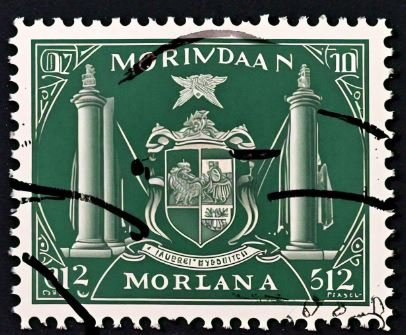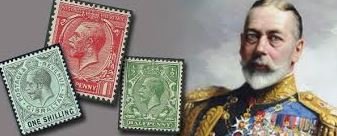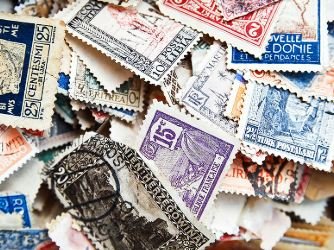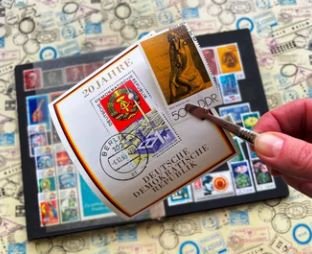Stamp collecting is a rewarding hobby that brings together history, art, and personal passion. For both beginners and seasoned collectors, the goal is to build a collection that not only brings enjoyment but also retains or increases in value over time. However, without the right knowledge and practices, it’s easy to make mistakes that can diminish the value of your stamps. In this guide, we’ll explore the top stamp collecting mistakes to avoid and provide tips on how to protect your collection’s value for years to come.
Whether you’re just starting out or you’re a long-time philatelist, understanding these common pitfalls will help ensure your collection remains both valuable and well-preserved.
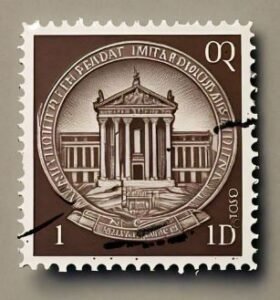
1. Ignoring Proper Storage and Handling
One of the most critical stamp collecting mistakes to avoid is improper storage and handling. Stamps are delicate pieces of history, and how you care for them can significantly affect their value.
Why Proper Storage Matters:
- Environmental Conditions: Stamps are highly sensitive to light, moisture, and extreme temperatures. Exposure to sunlight can cause fading, while humidity can lead to mold and mildew. Stamps stored in less-than-ideal conditions may degrade over time.
- Physical Damage: Improper handling, such as bending, creasing, or using sticky tape, can quickly damage a stamp. Even the oils and dirt from your fingers can cause long-term harm.
How to Avoid This Mistake:
- Use acid-free, archival-quality storage materials such as glassine envelopes, stock books, or specialized albums designed for stamp preservation.
- Store stamps in a cool, dry place away from direct sunlight and high humidity.
- Always handle stamps with tongs or gloves to prevent oils from your skin from damaging the surface.
By ensuring your stamps are stored and handled correctly, you’ll avoid the top stamp collecting mistakes that can result in their deterioration.
2. Overlooking the Importance of Authentication and Condition
When collecting stamps, it’s easy to get caught up in the excitement of adding new pieces to your collection. However, not paying attention to authenticity and condition is one of the top stamp collecting mistakes to avoid. Without confirming that your stamps are genuine or assessing their condition, you may end up overpaying for something that’s not as valuable as it seems.
Why Authentication and Condition Matter:
- Counterfeit Stamps: There are many counterfeit stamps circulating, and they can be difficult to spot without knowledge of the specific stamp’s features. Owning counterfeit stamps can detract from your collection’s value.
- Condition is Everything: The condition of a stamp plays a crucial role in its value. Stamps that are damaged, faded, or missing perforations can lose much of their worth, even if they are rare.
How to Avoid This Mistake:
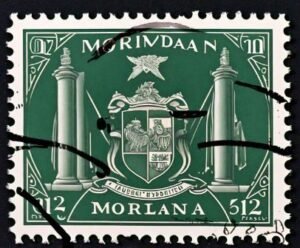
- Use reputable dealers and sources when purchasing stamps to ensure their authenticity.
- Learn how to evaluate a stamp’s condition by examining factors like centering, perforations, and whether the stamp has any folds, creases, or tears.
- Consider getting high-value stamps professionally graded by organizations like the Philatelic Foundation or Professional Stamp Experts (PSE), which provide certificates of authenticity and condition grading.
By paying close attention to authenticity and condition, you’ll avoid one of the most damaging stamp collecting mistakes and ensure your collection maintains its value.
3. Not Researching Stamps Before Buying
Buying stamps without proper research is another of the top stamp collecting mistakes to avoid. Many collectors rush to add stamps to their collection based on impulse or because they are drawn to a specific design or theme. While this is part of the joy of collecting, it can also lead to poor investment choices if you don’t research a stamp’s rarity and value.
Why Research is Essential:
- Overpaying for Common Stamps: Without research, you might unknowingly purchase a common stamp at an inflated price. While it may look rare, it may not have a significant market value.
- Missing Rare Opportunities: Conversely, some rare stamps may be undervalued due to a lack of awareness, and failing to research thoroughly can cause you to miss out on potentially valuable additions.
How to Avoid This Mistake:
- Use stamp catalogs such as the Scott Catalog or Michel Catalog to learn about the stamps you’re interested in. These resources provide essential details on rarity, condition, and value.
- Study auction results to gauge market trends and values of similar stamps.
- If you’re new to the hobby, consider consulting professional dealers who can help guide your purchases and provide expert insights.
By taking the time to do your homework, you can avoid making costly mistakes and ensure that your stamp collection continues to grow in value.
4. Focusing Only on Popular Stamps
While focusing on popular or iconic stamps, such as the British Penny Black or the Inverted Jenny, may seem like a safe strategy, it’s one of the top stamp collecting mistakes to avoid. While these stamps are undeniably valuable, building a collection based solely on these famous issues can limit the diversity and potential for growth in your collection.
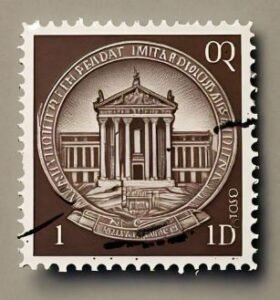
Why Diversification Matters:
- Missing Hidden Gems: Some rare stamps are overlooked by the mainstream market, and focusing only on popular stamps may cause you to miss out on these hidden treasures.
- Market Volatility: The market for iconic stamps can be volatile, with values fluctuating based on demand. By diversifying your collection with a mix of rare and unique stamps, you can protect it from market swings.
How to Avoid This Mistake:
- Explore stamps from lesser-known countries, limited-edition releases, and special printings that might not be on everyone’s radar.
- Consider thematic collections, such as stamps featuring specific animals, events, or historical moments, which can offer exciting opportunities for growth.
- Look for stamps with printing errors or unique features, as these are often highly sought after by collectors but may not have the same broad appeal as more famous issues.
Diversifying your collection can help you avoid falling into the trap of only pursuing popular stamps, ensuring that your collection stays valuable and offers opportunities for long-term growth.
5. Failing to Keep an Organized Inventory
A disorganized collection can lead to frustration, missed opportunities, and even the loss of valuable stamps. Failing to maintain a detailed and organized inventory is one of the top stamp collecting mistakes to avoid.
Why Organization is Important:
- Tracking Value: Without an organized system, you may struggle to keep track of the value of your stamps and their condition over time. This makes it harder to evaluate your collection’s worth or make informed selling decisions.
- Avoiding Duplication: A disorganized collection can lead to duplicates, meaning you could buy the same stamp more than once.
How to Avoid This Mistake:
- Use a stamp inventory system to catalog each stamp, noting its condition, rarity, and any other relevant information.
- Consider using digital tools or apps that can help you keep track of your collection in a more systematic and accessible way.
- Regularly update your inventory as your collection grows or when you add new stamps.
By staying organized, you’ll be able to assess your collection more effectively, prevent unnecessary duplicates, and avoid the frustration of missing or misplacing valuable stamps.
6. Not Seeking Expert Advice When Needed
Stamp collecting can be a complex hobby, and it’s easy to make mistakes when you’re unfamiliar with certain issues. Not seeking expert advice when in doubt is one of the top stamp collecting mistakes to avoid.
Why Expert Advice is Essential:
- Increased Knowledge: Experts can offer insights into rare stamps, their history, and their value that you may not find in books or catalogs.
- Avoiding Counterfeits: Experts can help you spot counterfeit stamps, which are common in the market and may deceive even experienced collectors.

How to Avoid This Mistake:
- Attend stamp shows and engage with reputable dealers and experienced collectors.
- Consult professional appraisers for high-value stamps or when you are unsure about the authenticity or condition of a piece.
- Participate in stamp collecting forums and communities to exchange knowledge and get advice from others.
By consulting experts and staying connected with the philatelic community, you can make informed decisions and avoid costly mistakes.
Conclusion
Stamp collecting is a fascinating and rewarding hobby, but avoiding common mistakes is key to ensuring that your collection remains valuable and enjoyable. By understanding how to properly store your stamps, avoid common pitfalls, and seek expert advice, you can build a collection that will stand the test of time.
Whether you’re a new collector or a seasoned philatelist, remembering these top stamp collecting mistakes to avoid will help you navigate the world of stamp collecting with confidence and ensure your collection continues to thrive for years to come.

